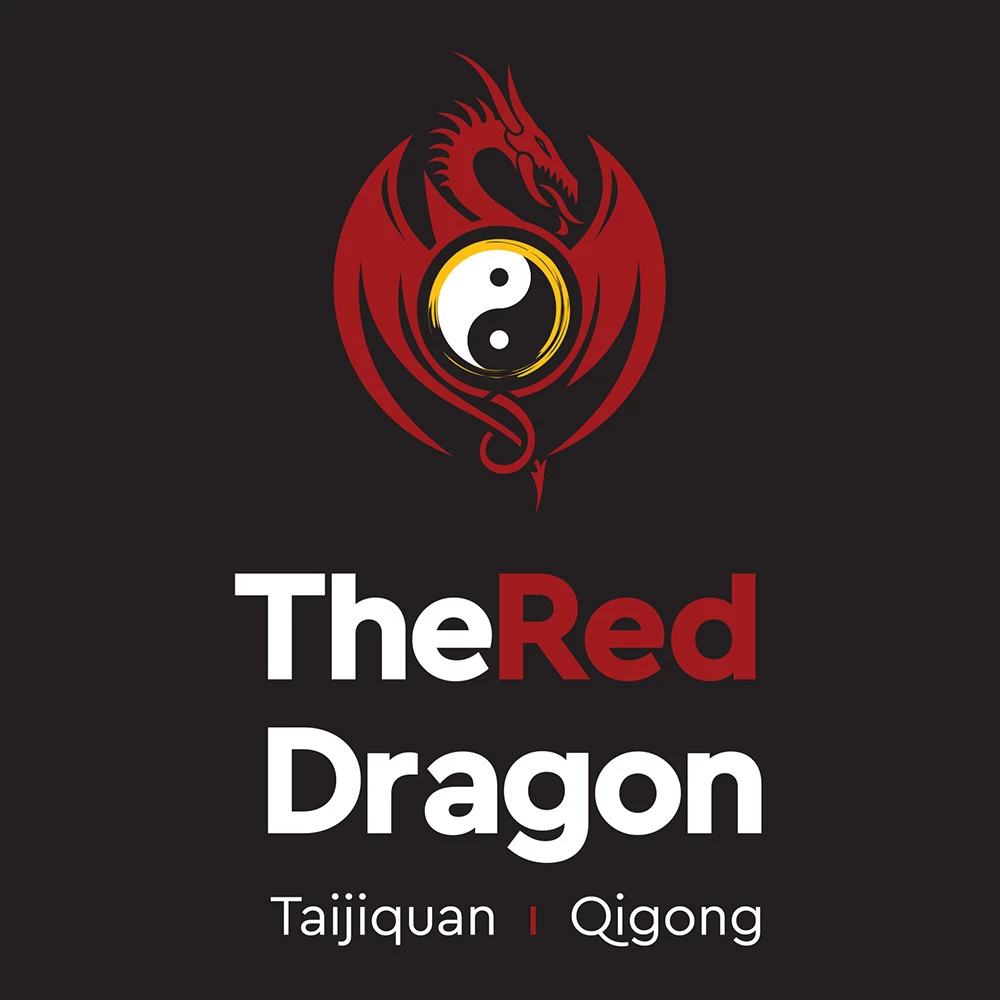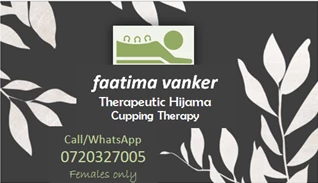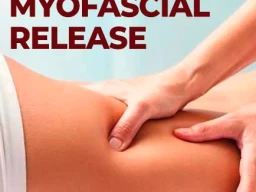
Understanding Myofascial Release: What It Is and How It Works
By addressing the body’s fascia and restoring balance, this gentle yet effective technique can lead to improved mobility, reduced discomfort, and a greater sense of well-being.
Read more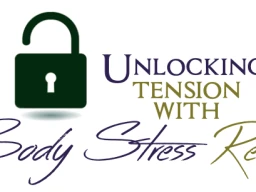
THE BODY AND STRESS
Body Stress Release (BSR) is a life enhancing technique that addresses the manifestation of stress in the body.
Read more
Treating Breast Cancer – A Holistic Approach
The genes in our cell’s nucleus – the “control room” of the cell – can sometimes undergo abnormal changes or mutations.
Read more
Colour therapy: Its methods and benefits
Colour therapy, otherwise known as Chromotherapy, is an alternative form of therapy that has evidence of use dating back thousands of years to ancient cultures in China and Egypt.
Read more
Common stress triggers of the 21st century
Stress is a common physical and mental setback in the fast-paced era of the 21st century. With massive technological development, fast-paced career advances and the challenges of maintaining a healthy lifestyle, it is no surprise that many people struggle with stress. Knowing common stress triggers can be a useful weapon for fighting back against the dangerous effects of too much stress. Read on to find out which common aspects of daily life in the 21st century can contribute to unhealthy levels of stress in your life:
Read more
Remedial Therapy
Remedial Therapists Although learning techniques are becoming more flexible and inclusive of children from different learning strengths, it is also very possible that your child may be unable to reach their full potential in the classroom. Remedial Therapy is recommended to children who suffer from certain learning disabilities such as dyslexia, ADHD, ADD or perhaps even just need a little extra help and attention. Remedial Therapy has often come to be associated with children that are disruptive, difficult or lazy. It should be noted, howev
Read more
Applied Kinesiology
There are multiple practices in both western and eastern medicine that believe that the body is more interlinked than we know. Applied Kinesiology is one of those practices
Read more
What is Muscle Testing? A Comprehensive Guide to Understanding This Diagnostic Tool
Whether you’re seeking to uncover food sensitivities, identify emotional blocks, or simply improve your overall health, muscle testing can provide a unique perspective on your well-being.
Read more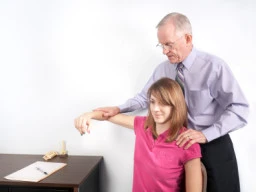
Applied Kinesiology: An alternative solution path to health
Kinesiology is also known as the practice of biomechanics and focuses on the study of body movement. Applied kinesiology branches off this foundation and emphasises the importance of muscle strength monitoring where diagnosis and treatment is based on the theory that muscles have important links to other body parts, such as organs and tissues.
Read more
What is Bowen Therapy? An Introduction to This Gentle Healing Technique
Bowen Therapy offers a gentle, effective approach to healing that focuses on the body’s innate ability to restore balance and well-being.
Read more
An introduction to the Bowen technique
The Bowen technique is named after Thomas Ambrose Bowen and is an alternative form of physical therapy that was developed in the 1970s. The technique has acquired a variety of alternative names, such as Fascial Kinetics, Integrated Bowen Therapy, or Smart Bowen.
Read more
What is the Alexander Technique? A Comprehensive Guide to Its Principles and Benefits
Exploring how practicing the Alexander Technique can contribute to stress relief and improved mental health.
Read more
The Benefits of Lymphatic Drainage: Boosting Health and Wellness
The benefits of lymphatic drainage are numerous and impactful, making it a valuable addition to your health and wellness routine.
Read more
What is the Feldenkrais Method? An Introduction to This Innovative Approach to Movement
Whether you’re seeking to improve your athletic performance, reduce discomfort, or simply feel more at ease in your body, the Feldenkrais Method is a valuable tool that can support you every step of the way.
Read more
Five facts you need to know about Cupping Therapy
Cupping therapy is a form of alternative therapy that has its roots in ancient Eastern medicine. During a cupping therapy session, a therapist will create a suction effect on the skin using cups specially designed for cupping therapy. The therapist uses the cups to create a vacuum effect, which pulls the area of the skin that is in contact with the cup into the hollow of the cup.
Read more
Stress relief techniques that you can do at home
An overload of stress can severely undermine your ability to function from day to day whilst maintaining your physical and mental health. Read on to find out what stress relief techniques you can use at home to reduce the negative consequences of too much stress:
Read more
Alexander Technique
The Alexander Technique The Alexander Technique is a method that was created to ultimately change the way we perform every day activities. The Alexander Technique puts forward the idea that changing the way we feel about thoughtless activities such as walking, sitting or even standing. As children, we had to learn to do these things using concentration and effort. In adulthood, however, we lose that sense of being present in our actions. The Alexander Technique aims to create a presence and an intellectual involvement in all areas of activity.
Read more
Colour Therapy
Colour Therapy Like most forms of energy healing, Colour Therapy focuses on the healing, cleansing and balancing of the seven chakras. There is research to show that Colour Therapy can be traced back to ancient Egyptian, Chinese and Indian cultures. So, how does colour relate to energy? Colour is energy. Colour is light that is created through varying wavelengths, giving each colour in the chakra spectrum its own individual energy. The colour spectrum involves seven colours – red, orange, yellow, green, blue, indigo and violet. All of these
Read more
Body Stress Release
Stress within the body can hold a very large variety of consequences that most of us are unaware of. Unnecessary stress can bring on symptoms such as headaches, dizziness, grinding teeth and tension in the jaw. It also can bring emotional symptoms such as anxiety, aggression, irritability and irrational thinking.
Read more


